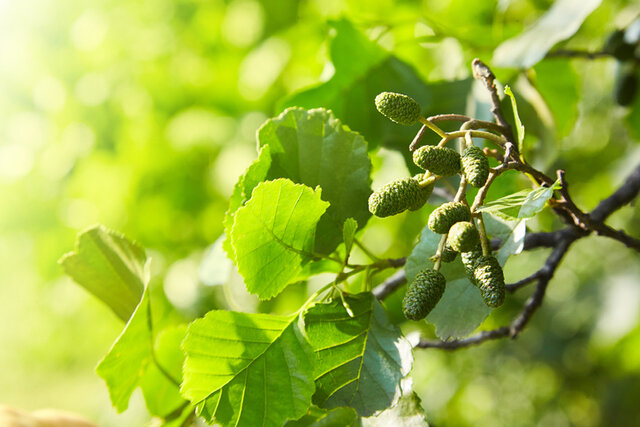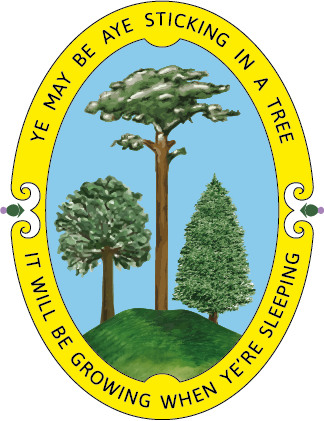

Common Alder (Alnus glutinosa)
Nearly all of continental Europe, the United Kingdom, and Ireland are native home to alder. Its native habitat is damp ground near lakes, ponds, and rivers. It grows well in cool, damp places like marshes, damp forests, and streams where its roots stop soil erosion.
The size of each plant is between 15 – 50cm in height from the root plug.
-
Our Commitment
Our trees are planted, grown and cared for on site. This means, once the seeds are delivered to us we plant them, establish them in our polytunnels and then harden them off. The trees you are delivered have been with us since seed and we look after them until the moment they leave.
Every tree is handpicked and packaged with the utmost care and attention to ensure your trees are delivered fighting fit to help against climate change.
For more information, please visit the About Us page
-
Deliveries
All postage and packaging charges for products delivered to the Mainland UK are included within the price. Additional charges apply for Northern Ireland, The Highlands & Scottish Isles, The Channel Islands, Scilly Isles & Isle of Man when ordering more than 8 trees.
As a guide, orders for 8 plants or more will be sent via a courier, 8 plants or fewer will be sent by Royal Mail.
For more information, please visit the Delivery page
-
Refunds
Your happiness is our business and that is why we individually check every single tree that we send out. If you have a concern about your tree, please get in touch with us within 7 days so that we can diagnose the issue. Very rarely, we might ask you to send the tree back to us in secure packaging to help us identify the issue but often we can identify the issue with photographs.
For more information, please visit the Refunds page






